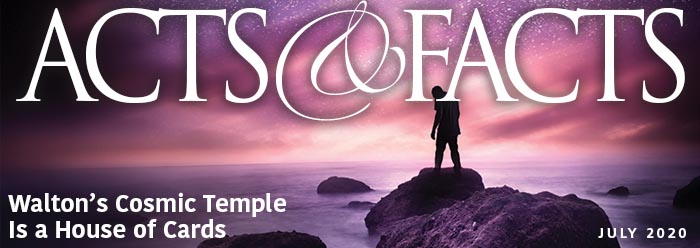Astronomers generally believe that Mars was formed billions of years ago. About 96 percent of the Red Planet's atmosphere is composed of carbon dioxide.1 NASA's Phoenix Mars Lander began transmitting detailed data about the planet's atmosphere in 2008, and a recent analysis of the information has revealed that its atmosphere actually looks young.
Carbon dioxide (CO2) is a compound that can consist of either normal, balanced atoms or heavy atoms. The carbon atoms in CO2, for instance, can have different weights and yet still behave the same way chemically as normal carbon atoms. The differently weighted versions are called isotopes.
The CO2 compounds with lighter-weight isotopes—such as those containing carbon-12 (C-12)—escape from a planet's atmosphere into space faster than those with heavier isotopes, like carbon-13 (C-13). So, scientists interested in reconstructing Mars' early atmosphere used the Phoenix's onboard Evolved Gas Analyzer to determine the ratios of heavy to lightweight isotopes in the planet's atmospheric CO2.
If Mars is billions of years old, then researchers would expect to find more of the heavy isotopes, because the lightweight isotopes would have had ample time to escape. If that had been the case, however, "the ratio of carbon-13 to carbon-12 would be much higher than what Phoenix measured."2 Surprisingly, the data show that Mars currently has many more lightweight CO2 molecules than it should have if it is as old as claimed.
Researchers reported in a NASA press release, "The results imply Mars has replenished its atmospheric carbon dioxide relatively recently, and the carbon dioxide has reacted with liquid water present on the surface."2 But this "replenishing" was not directly observed—it was inferred, based on the assumption of great atmospheric age.
To explain these results, the researchers suggested in the journal Science that "carbon formation is active and ongoing" through volcanic "mantle degassing" that continues to add C-12 to the atmosphere.3 Although this might be occurring, the fact remains that the whole long-age model of Mars' atmospheric history that the authors presented totally ignored the possibility that Mars could be much younger—perhaps only thousands of years old.
What is all this extra lightweight CO2 doing on Mars? Whether the Martian CO2 ratios are a remnant of volcanic degassing or the sign of a young planet—or both—is debatable. But even if they point to volcanic degassing as a continual source of new, lightweight carbon, the question of age is just transferred from the atmosphere to deeper in the planet. In other words, if Mars is really billions of years old, then why is it still able to volcanically degas CO2 (assuming that it is)? If the mantle is supplying CO2 that is continually being lost from the atmosphere, then why has it not exhausted its carbon and oxygen supplies after 4 billion years?
This possible indicator of youth adds to a long list of young-looking solar system processes, including Enceladus' fountain of methane, Saturn's still-shiny rings, the moon's lack of craters, and Io's roiling hot volcanic activity.4 Standard scientific assumptions of long cosmic ages cannot account for this. Creation science, based on the biblical record, can.
References
- Thomas, B. 2008. Searching for the Elusive Man from Mars. Acts & Facts. 37 (7): 14.
- NASA Data Shed New Light About Water and Volcanoes on Mars. NASA press release, September 9, 2010.
- Niles, P.B. et al. 2010. Stable Isotope Measurements of Martian Atmospheric CO2 at the Phoenix Landing Site. Science. 329 (5997): 1334-1337.
- For further information, in addition to other articles available at icr.org, see Coppedge, D. 2008. Iapetus: Youth in Black and White. Acts & Facts. 37 (6): 15; Coppedge, D. 2006. Enceladus: A Cold, Youthful Moon. Acts & Facts. 35 (11); and Thomas, B. Planetary Quandries Solved: Saturn Is Young. ICR News. Posted on icr.org May 7, 2009, accessed September 28, 2010.
Image Credit: NASA/Jet Propulsion Laboratory/Cornell University
* Mr. Thomas is Science Writer at the Institute for Creation Research.
Article posted on October 4, 2010.







